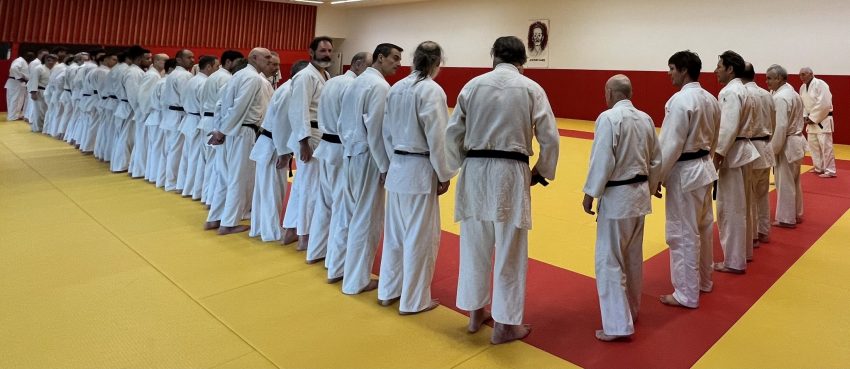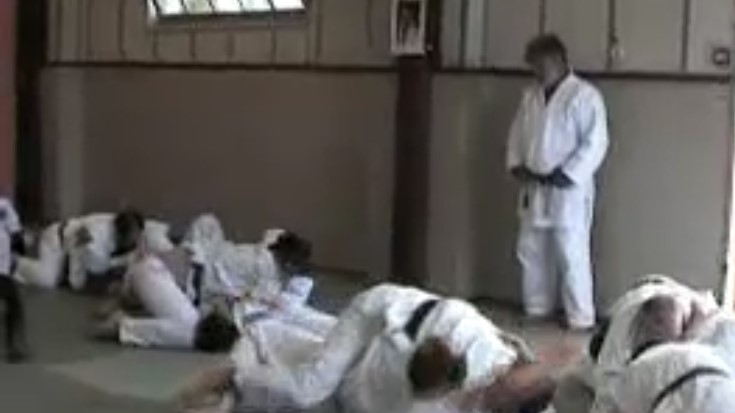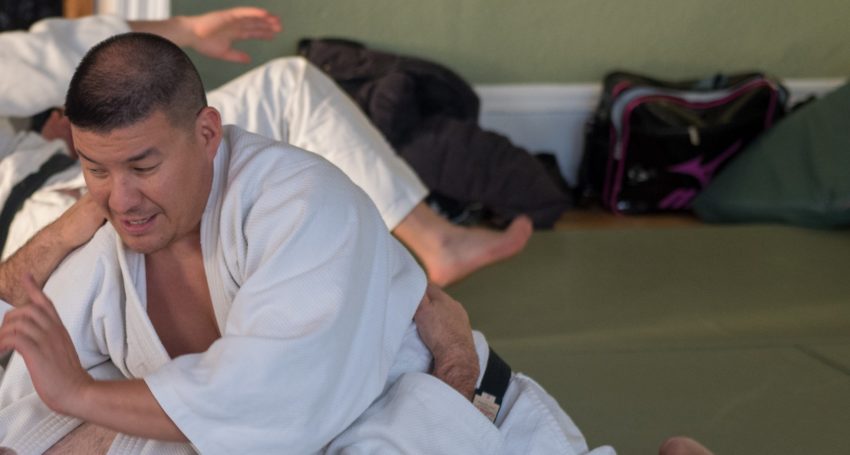Autonomy
Autonomy in Junomichi — A Continuation of Jigorō Kanō’s Vision Junomichi, the original path of Judo-Jujitsu, places autonomy at the centre of its approach to practice. This orientation echoes the educational ideals of Jigorō Kanō, founder of Judo, who described his discipline as a path for cultivating the whole person — physically, intellectually, and…





